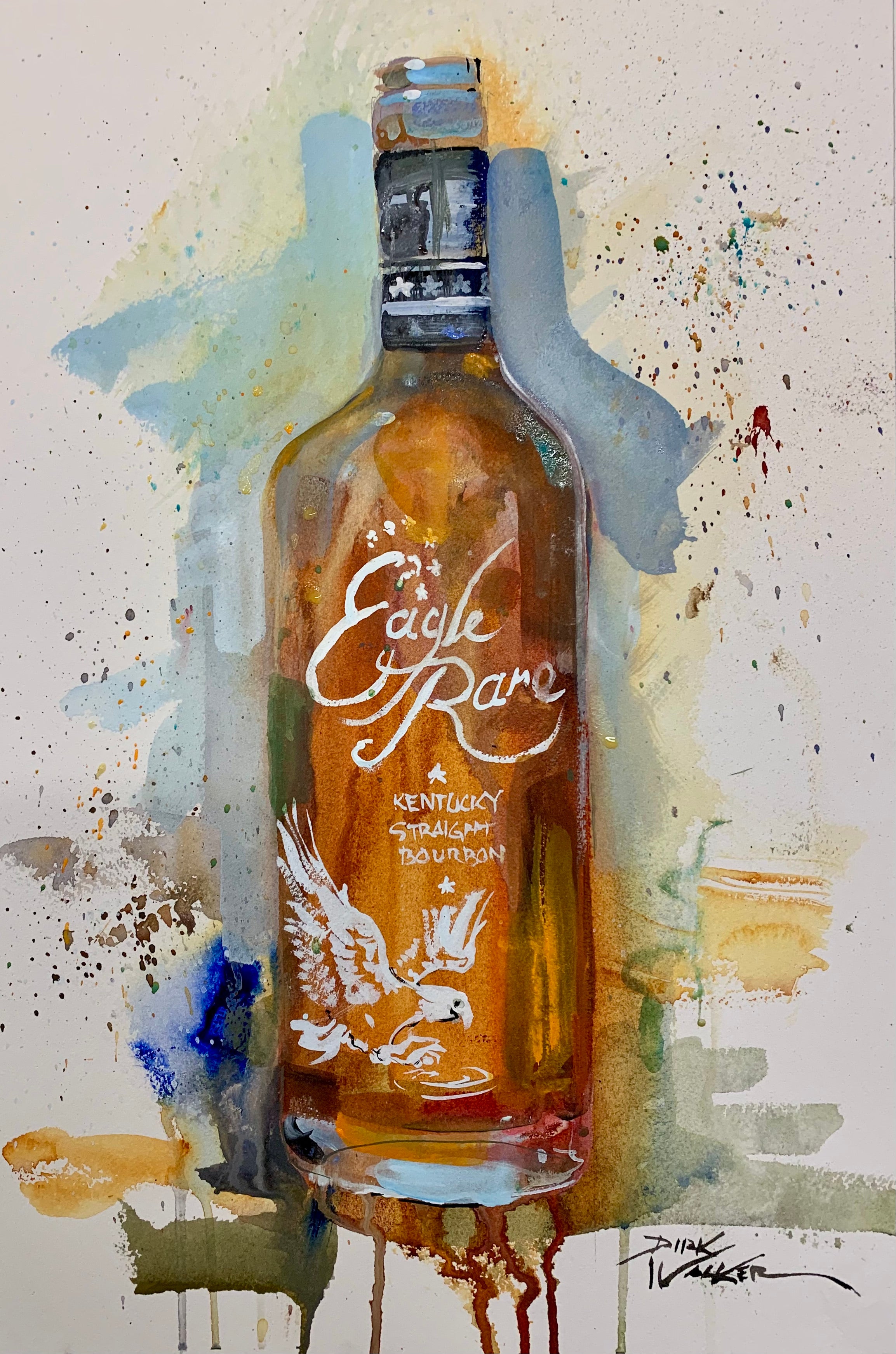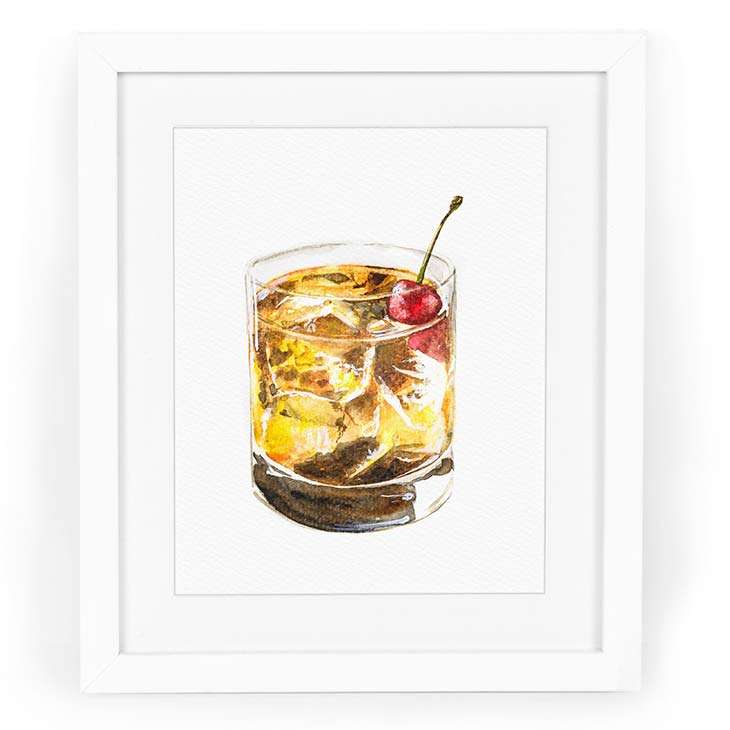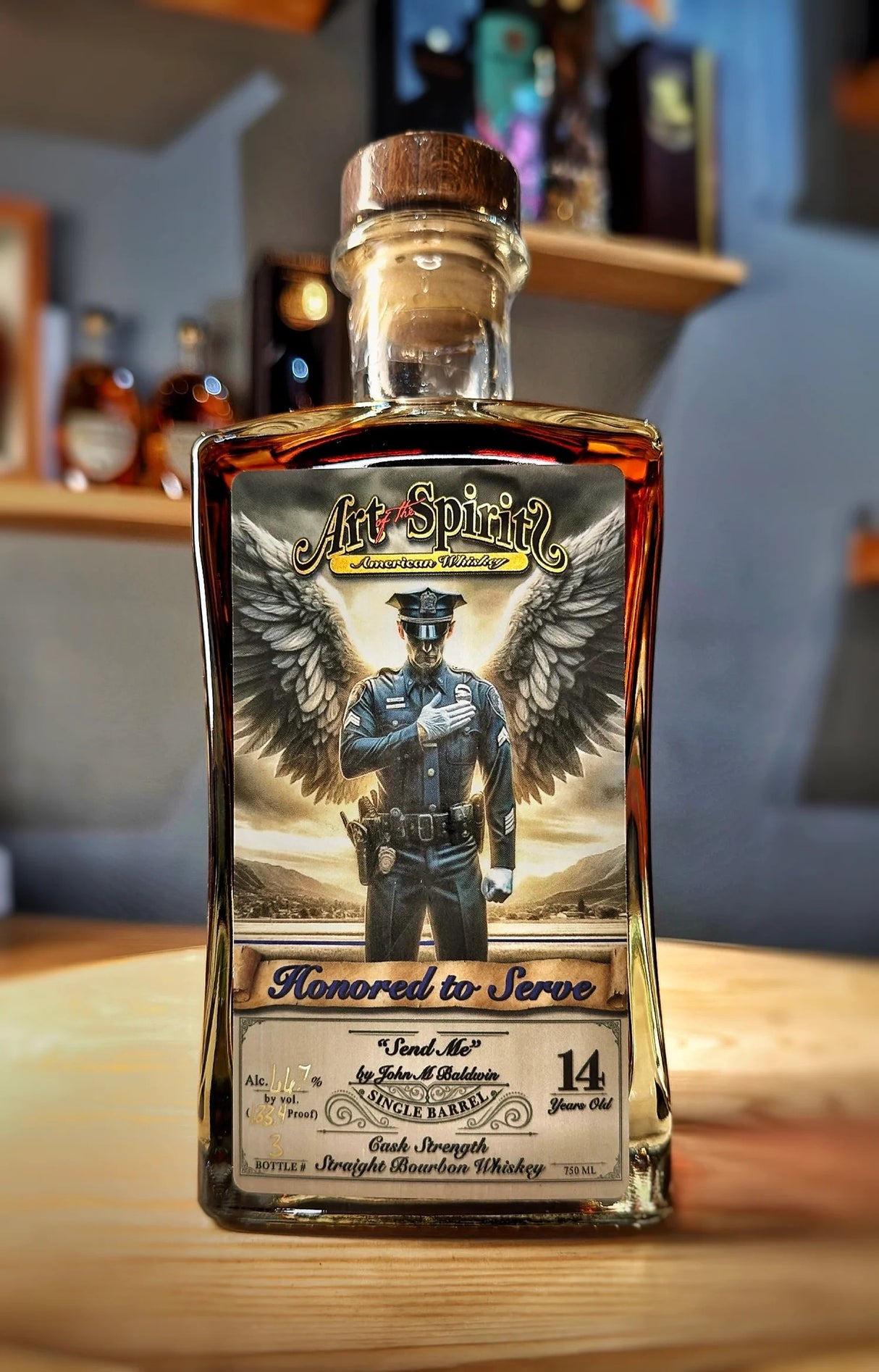Whiskey Art as a Statement: Just How It Boosts Home Decoration
Whiskey Art as a Statement: Just How It Boosts Home Decoration
Blog Article
The Value of Whiskey Art in Celebrating Heritage and Workmanship in the Beverage Sector
The complex partnership between bourbon art and the event of heritage and workmanship within the beverage industry can not be overstated. Via thoughtfully created tags and bottles, scotch brands encapsulate their historic roots and the artisanal skills that define their manufacturing approaches. This imaginative dimension not only enhances market appeal but likewise offers as an avenue for social narration, cultivating a much deeper link in between the customer and the craft. As we discover the numerous elements of this subject, appealing concerns regarding the effect of contemporary patterns on typical techniques emerge, motivating more assessment.
The Historical Roots of Whiskey
At the heart of bourbon's appeal lies an abundant tapestry of historic roots that trace back to old human beings. The beginnings of scotch can be linked to the purification methods of the Sumerians and Babylonians around 2000 BCE, where early kinds of fermented grain drinks began to emerge. It was in the Middle Ages that the art of purification progressed substantially, especially in Ireland and Scotland, leading to the development of scotch as we know it today.
The term "bourbon" itself stems from the Gaelic word "uisce beatha," meaning "water of life." This expression underscores the social significance of scotch in Celtic cultures, where it was typically related to routines, parties, and common bonding. By the 15th century, purification became an acknowledged craft within reclusive communities, leading the method for the facility of lawful distilleries.
As trade paths broadened, scotch's popularity expanded, going beyond regional borders and capturing the rate of interest of aficionados worldwide. Bourbon Art. This historical trip mirrors not just the craftsmanship behind scotch production however additionally its essential function in social and social contexts, noting it as a significant beverage throughout history
Artistic Expression in Branding
Whiskey branding stands as a compelling crossway of virtuosity and business, where aesthetic identification plays an essential function in forming customer understanding. The aesthetic appeals of scotch tags, product packaging, and advertising and marketing products reflect not only the brand's story but also its core worths and heritage. Via artistic expression, distilleries convey a narrative that reverberates with customers, stimulating feelings and stimulating connections.
Using color, typography, and images in branding serves to set apart products in a saturated market. For instance, standard motifs might evoke a sense of credibility and craftsmanship, while modern-day styles can indicate advancement and forward-thinking. This critical creative instructions enhances brand acknowledgment and commitment, allowing customers to build a personal connection with the bourbon they choose.
Additionally, imaginative expression in branding frequently works as a party of regional heritage. Distilleries often integrate neighborhood symbols or historical recommendations right into their layouts, creating a sense of location that welcomes customers to partake in a broader cultural experience. Eventually, the creativity behind bourbon branding not just boosts aesthetic appeal but also enhances the general story of the brand name, promoting a much deeper admiration for the workmanship and heritage ingrained in each container.
Workmanship in Container Layout
The virtuosity noticeable in bourbon branding expands past aesthetic identification to include the workmanship associated with bottle layout. Each container serves as a vessel not just for the spirit within, however likewise for the story it tells about its custom, origin, and quality. The design process calls for careful interest to detail, as components such as shape, closure, and product contribute considerably to the overall assumption of the scotch.
Craftsmanship in container design involves choosing top quality glass that can improve the whiskey's shade and clearness, while also supplying a tactile experience for the customer. The silhouette of the container should be both cosmetically appealing and useful, typically reflecting the heritage of the brand. Many my review here distilleries select unique forms or printed logos that stimulate a sense of authenticity and background.
Furthermore, the tag design and typography play a vital role in interacting the brand name's narrative. Limited Edition. A well-crafted container not only mesmerizes the customer's eye but likewise enhances the brand's commitment to high quality and practice. In this way, the workmanship of container design ends up being a crucial facet of the whiskey experience, merging creativity with an extensive regard for heritage
Cultural Importance of Scotch Art
Commemorating practice and workmanship, the cultural importance of scotch art goes beyond simple aesthetics, intertwining with the historic and social stories of the areas where it stems. Each container acts as a canvas, showing the unique stories, folklore, and traditions that have shaped local whiskey-making practices. The intricate designs frequently show the heritage of the distillers, integrating signs and motifs that resonate with the culture and worths of their areas.

Additionally, scotch art plays an important function in communal gatherings and parties, functioning as a substantial web link between people and their shared experiences. By valuing the virtuosity in scotch packaging, consumers grow a deeper understanding and respect for the craft, inevitably improving their pleasure of the beverage itself.
Modern Trends in Whiskey Discussion
Over the last few years, the presentation of bourbon has developed to reflect modern tastes and fads while still recognizing conventional craftsmanship - Limited Edition. Distilleries are significantly concentrating on visual aspects that enhance the general drinking experience, linking the space in between heritage and modernity
Ingenious bottle styles have arised, typically incorporating lasting products and creative tags that tell engaging stories. Several brands currently collaborate with neighborhood artists, instilling their items with special aesthetic expressions that resonate with customers. Additionally, limited-edition launches are often packaged in collectible containers, including worth and appeal for aficionados.

Final Thought
In conclusion, bourbon art offers as an important channel for sharing the heritage and workmanship inherent in the drink sector. Via intricate branding, innovative bottle layouts, and culturally considerable artistic components, whiskey brands effectively honor their traditions and connect with customers.


Craftsmanship in container design involves picking high-quality glass that can improve the scotch's color and clearness, while likewise providing a responsive experience for the customer. In this way, the workmanship of container style ends up being a vital aspect of the bourbon experience, merging artistry with an extensive respect for heritage.
In conclusion, scotch art offers as an important avenue for revealing the heritage and craftsmanship inherent in the drink industry.
Report this page